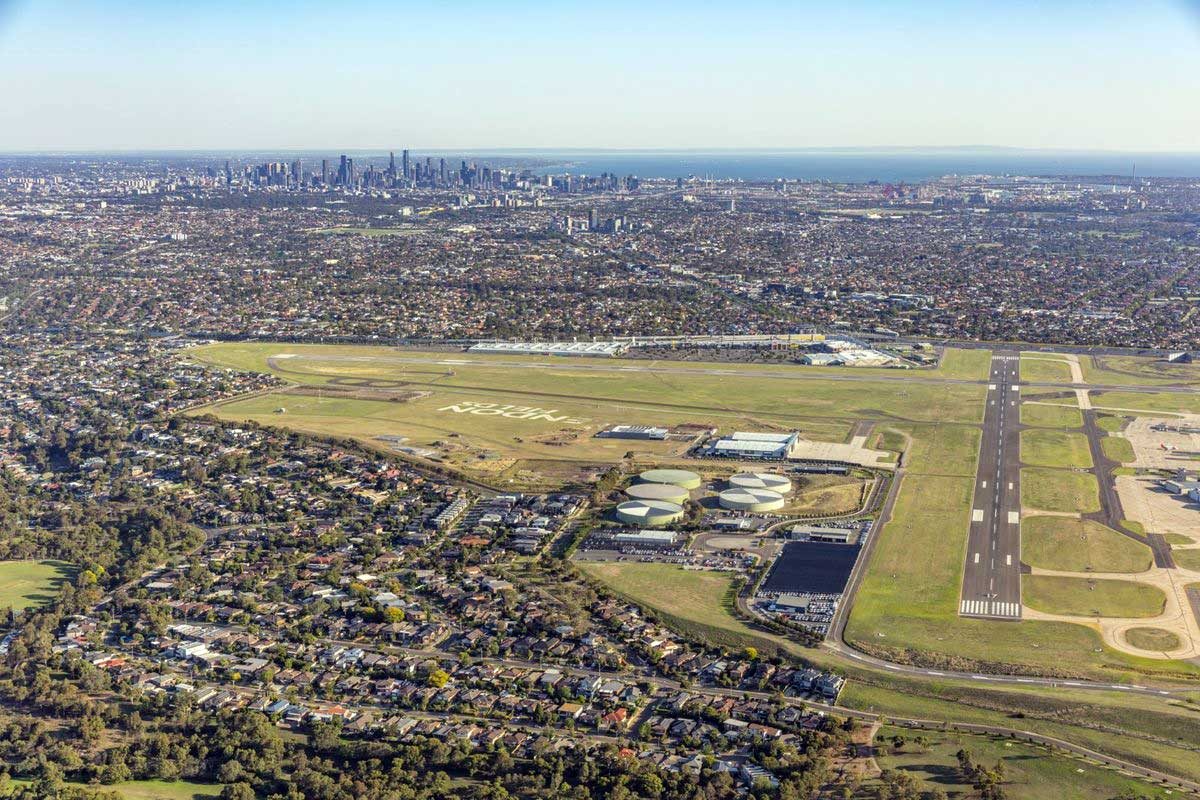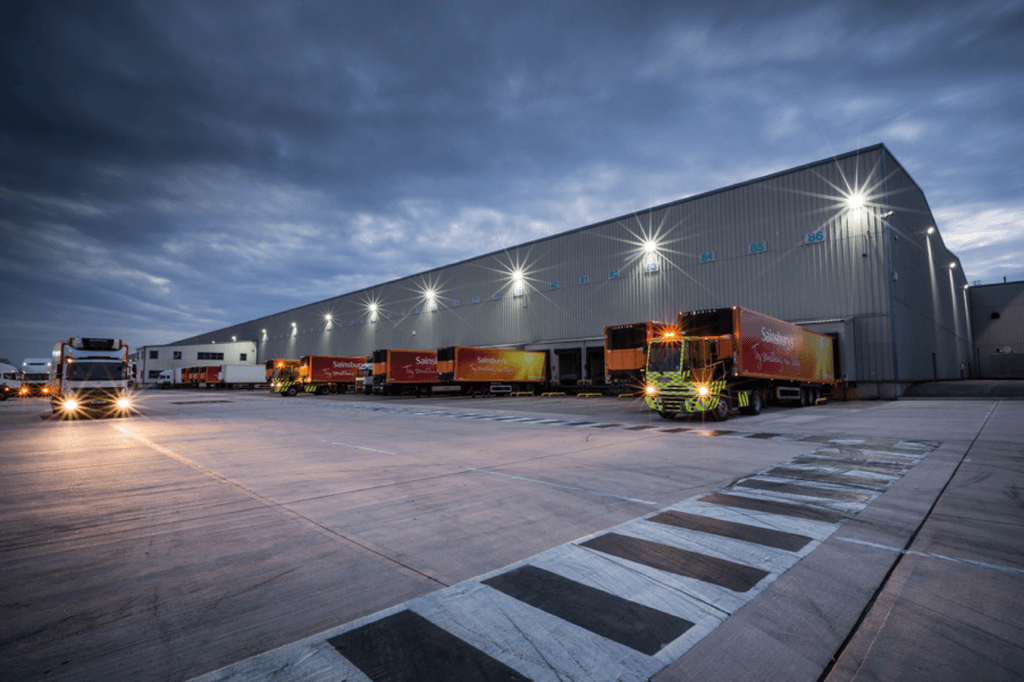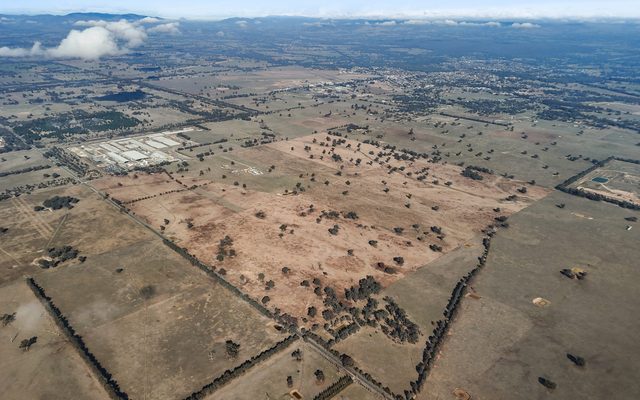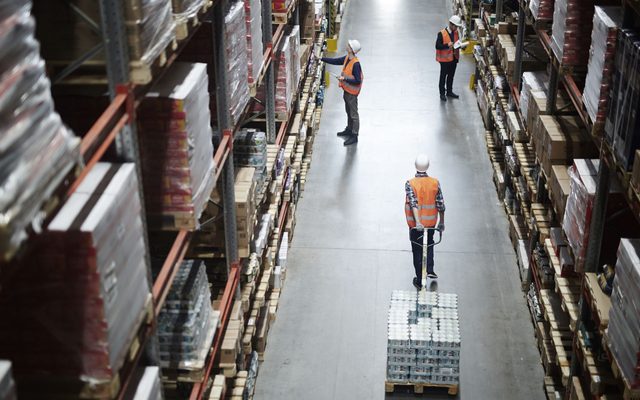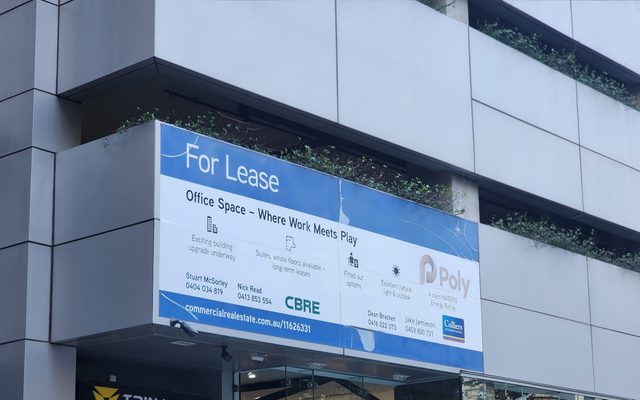This article is from the Australian Property Journal archive
INDUSTRIAL vacancy in the east coast capital cities has fallen to another new low, with only 444,681 sqm of space now available, representing almost two million square metres less space than the peak in October 2020.
Knight Frank’s Australian Industrial Review Q1 2023 shows an 18% fall in available space over the first quarter of 2023, from 547,748 sqm at the end of 2022.
Sydney is currently the tightest market, with a 51% contraction to just 43,759 sqm, and along with Melbourne, at 174,330 sqm, is sitting at a new low in available space.
Brisbane increased marginally to 226,592 sqm with an influx of new speculative development starts.
That means 51% of the remaining available space across the eastern seaboard is now in Brisbane, with 39% in Melbourne and just 10% in Sydney.
Vacancies had fallen 56% across 2022 calendar year, and an eight per cent fall in Q4. They now sit 82% below the peak of October 2020, when there was 2,405,857 sqm.
Take-up over the first quarter of 2023 was impacted by the limited opportunities on the market, being 26% below the three-year average, totalling 515,653.
Knight Frank partner, research and consulting Jennelle Wilson said intense competition among tenants for limited available space resulted in further rental growth across all the Eastern Seaboard capital cities. Brisbane led the quarterly rental growth by an 8.6% increase, followed by Sydney at 8.2%, overtaking Perth for the fastest-growing rents year-on-year, with prime rents up by 38% over 12 months.
Adelaide and Perth reported 2.5% and 2% rental growth over the same period, while Melbourne saw moderate growth of 1.5% on limited deals across most submarkets.
Over 12 months, Perth rents are up by about 36%, Brisbane by almost 25%, Melbourne by about 15% and Adelaide just behind.
Incentives continued their decline and currently average 10% across the eastern seaboard.
Both prime (340,921 sqm) and secondary industrial space (103,760 sqm) are at record lows.
Knight Frank national head of industrial logistics, James Templeton, said secondary vacancy is now particularly low as tenants are grabbing immediately available options, with “less of a concern regarding grade as long as it is functional”.
“Prime vacancy is also seriously low, however this grade is being somewhat replenished as speculative developments start construction.”
Speculative space accounts for more than two-thirds of the current vacancy – with almost 194,500 sqm still under construction and not available for imminent occupation.
“As existing options have been absorbed speculative developments have taken a greater weighting in available space,” Templeton said.
“This has also supported further prime rental growth with speculative developments needing to set rents at a level which makes the project feasible – at times a further step upward for the market.”
Tenants have so far accepted and embraced these increases and rental growth has remained accelerated.
The gradual easing of material cost and supply chain pressures should help drive the eastern seaboard supply pipeline to reach a record of circa 2.5 million sqm in 2023. However, 43% of the pipeline is already pre-committed and 10% is owner occupied, Templeton said, so it is unlikely there will be a significant amount of speculative space entering the market and alleviating the current widespread undersupply.
Brisbane has a substantial development pipeline, with 843,573 sqm forecast to be delivered in 2023, compared to its long-term average of 357,940 sqm.
In Sydney, new developments are anticipated to reach 807,641 sqm, while Melbourne will deliver approximately 845,231 sqm.
Sydney and Melbourne super prime market yields both range from 4.25% to 4.75%, with Brisbane yields 0.5% higher.
Adelaide yields range from 5% to 5.5%, and Perth yields from 5.25% to 5.75%.
